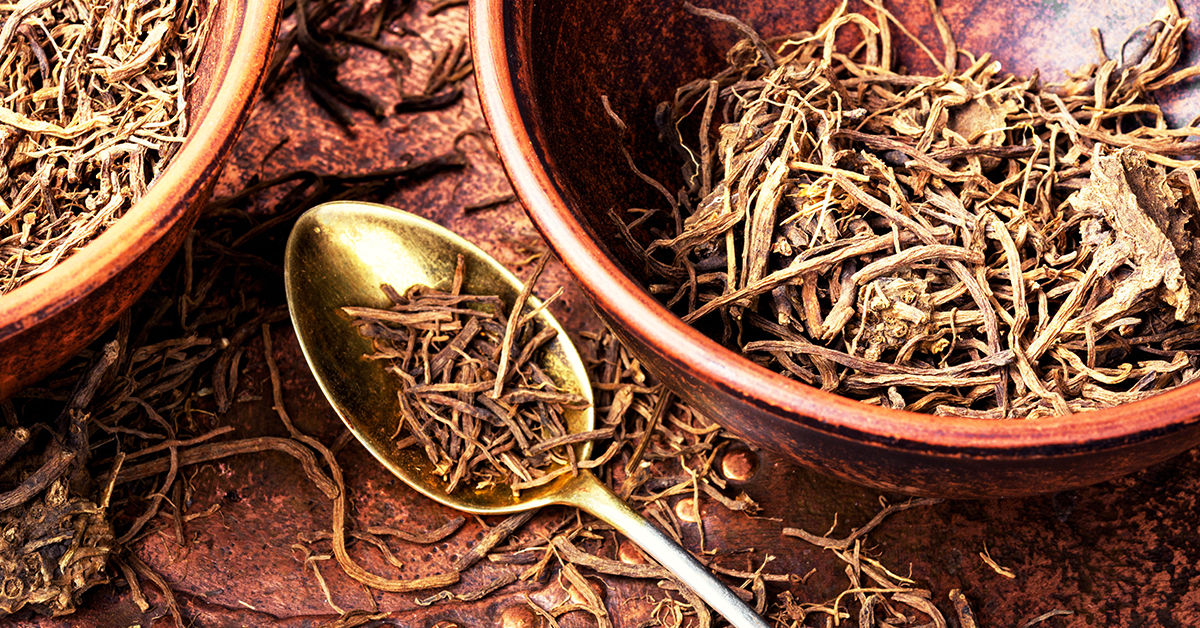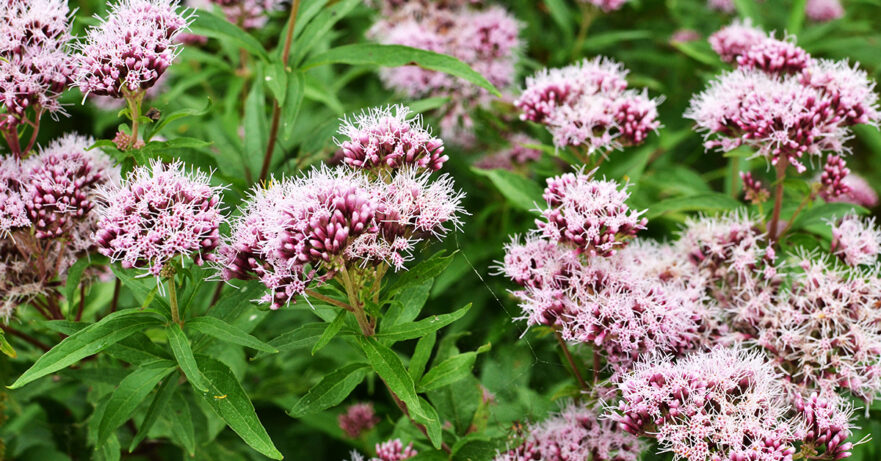In this monograph about valerian:
📖 Introduction | 🌱 Botanical Description | 📜 Traditional Uses | 🔍 Phytochemistry | ✨ Applications and Uses | 🛡️ Safety Profile
📖 Introduction
Valerian (Valeriana officinalis) is a perennial herb celebrated in herbal medicine for its potent sedative and anxiolytic properties. Renowned for its effectiveness in promoting relaxation and sleep, valerian has been a cornerstone of traditional herbal remedies for centuries, particularly valued for its role in managing insomnia and anxiety.
| English Name | Valerian |
| Latin Name | Valeriana officinalis |
| Parts Used | Root |
| Traditional Uses | Alleviating anxiety, insomnia, and promoting relaxation |
| Herbal Actions | Sedative, nervine, carminative, antispasmodic |
🌱 Botanical Description
Scientific Classification
Valeriana officinalis is a member of the Valerianaceae family.
Physical Characteristics
Valerian features fragrant pink or white flowers and can grow up to five feet in height. Its roots, the most commonly used part for medicinal purposes, emit a distinctive odor often described as earthy or musky.
Natural Habitat and Cultivation Details
Native to Europe and parts of Asia, valerian thrives in damp, rich soils across temperate climates. It is now cultivated worldwide for its medicinal root.
📜 Traditional Uses
Historically, valerian root has been employed to soothe nervous tension, alleviate insomnia, and reduce anxiety levels. Its use in folklore extends to protection rituals and as a charm to promote harmony and peace.

🔍 Phytochemistry (Active Constituents)
Valerian owes its medicinal benefits to a rich array of phytochemicals, including:
- Valerenic acid: Contributes to the herb’s sedative effects. It is thought to interact with GABA receptors in the brain, enhancing the inhibitory effect of GABA and contributing to a sedative effect.
- Isovaleric acid: Offers mild sedative properties, imparts the characteristic odor of valerian root, and may contribute to the herb’s overall therapeutic effects.
- Iridoids: Such as valepotriates, which are considered for their potential contribution to the plant’s calming effects, although their presence in dried valerian root and their bioavailability in humans may be limited.
✨ Applications and Uses
In herbal medicine, valerian is primarily used for:
- Sleep enhancement Its sedative properties make valerian popular for those seeking natural remedies to improve sleep quality and ease insomnia.
- Anxiety reduction: Valerian is utilized to calm anxiety and stress, helping individuals achieve a state of relaxation without the use of pharmaceutical sedatives.
- Muscle relaxation The antispasmodic effects of valerian may also aid in relieving muscle cramps and tension.
Research supports these uses too, but outcomes may vary among individuals.
🛡️ Safety Profile
Valerian is generally regarded as safe for most adults when used in recommended doses for short-term periods, typically up to about 4-6 weeks. For use beyond this duration, caution is advised due to limited long-term safety data; some individuals may experience mild side effects such as dizziness, gastrointestinal discomfort, or drowsiness.
Due to its sedative effects, valerian should not be used in conjunction with other sedative medications without professional guidance.
Pregnant and breastfeeding women are advised to avoid valerian as a precaution due to insufficient research on its safety in these populations.
As with all herbal remedies, consulting with a healthcare provider before using valerian, especially for therapeutic purposes, is recommended to ensure safety and appropriateness.
📃 Related Posts
🌱 Related Herbs

